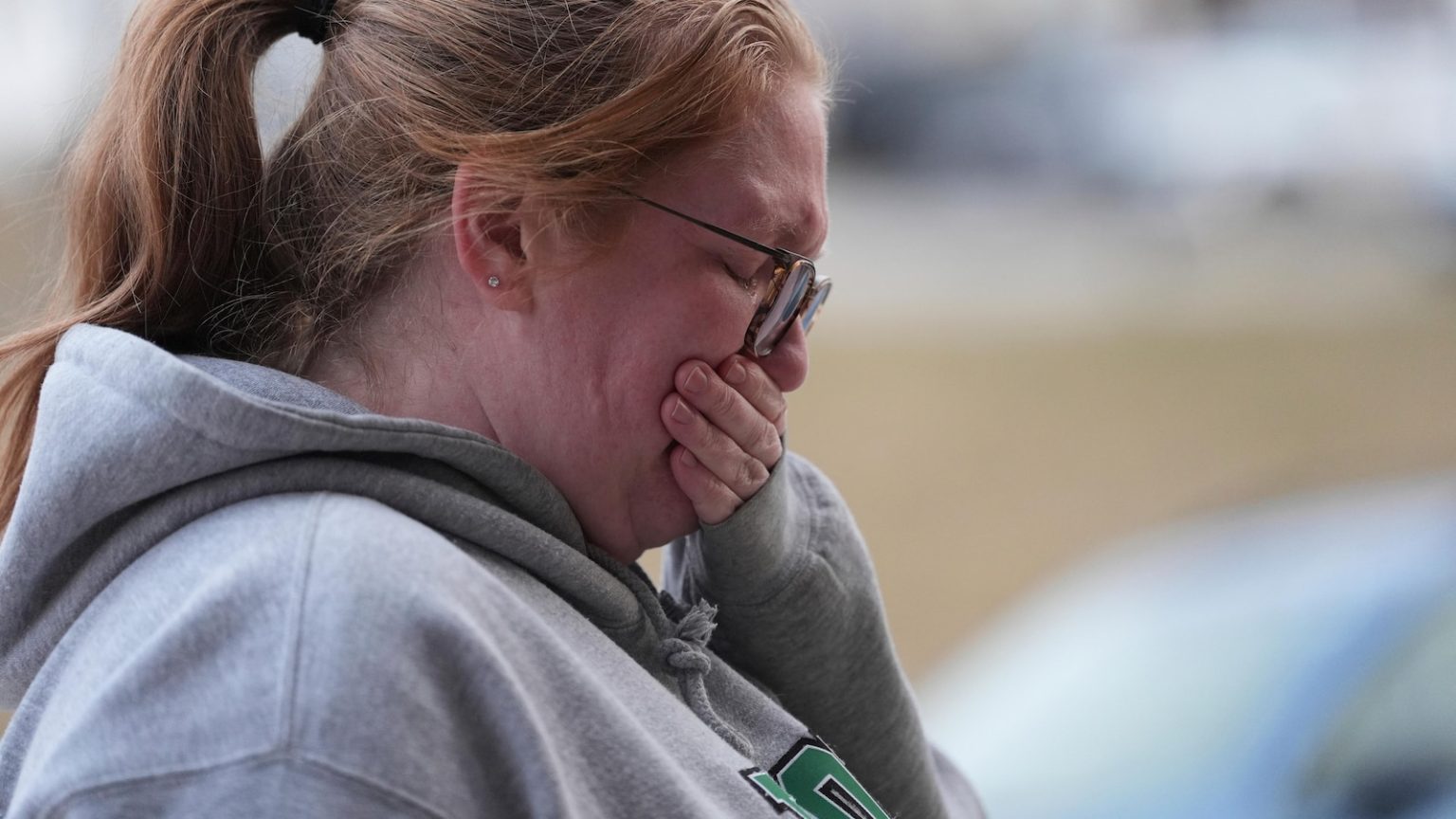Rising Violence Against Healthcare Workers: A Growing Concern
The recent hostage incident at UPMC Memorial Hospital in Pennsylvania, involving Diogenes Archangel-Ortiz, underscores a disturbing increase in violence against healthcare workers. This incident, resulting in the death of a police officer and injuries to five others, including a doctor, nurse, and two officers, is a stark reminder of the risks faced by healthcare professionals. Dick Sem, a hospital security consultant, highlights that such attacks are often targeted, frequently stemming from personal grievances related to patient care or domestic issues.
The Emotional Toll on Nurses and Healthcare Providers
Nurses are particularly vulnerable to this escalating violence. Megan Foltz, a nurse with nearly two decades of experience, expresses her constant fear of violence, exacerbated by the emotionally charged environment of critical care. Nurses not only fear for their safety but also grapple with the ethical dilemma of leaving vulnerable patients unattended during potential threats. This emotional burden adds to the high-stress nature of their jobs, where they often encounter grieving families, substance-induced aggression, and interpersonal conflicts.
Increasing Threats in Healthcare Settings: A Statistical Overview
According to the U.S. Bureau of Labor Statistics, healthcare workers experience a disproportionate amount of workplace violence. In 2021 and 2022, they accounted for nearly three-quarters of nonfatal attacks in the private sector, a rate five times the national average. This statistic is alarming, indicating a critical need for enhanced security measures and vigilant threat assessment in healthcare facilities.
Recent Attacks Highlighting the Wave of Violence
The spate of violent incidents in U.S. hospitals and clinics is concerning. For instance, in 2022, a gunman targeted a Tulsa medical office, killing his surgeon and three others, reportedly due to unresolved pain issues post-surgery. Similarly, a Dallas hospital saw the tragic deaths of two employees during a childbirth visit. These incidents, along with others in Idaho and Portland, illustrate the diverse motives behind such attacks, ranging from personal vendettas to gang-related activities.
Preventive Measures and the Role of Training
In response to these threats, hospitals are adopting security protocols like metal detectors and visitor screening. Dick Sem emphasizes the critical role of staff training in identifying early warning signs of potential violence. He notes that over half of violent incidents display preceding indicators, such as threats or agitation, which, if reported and managed, could prevent escalation. Training healthcare workers to recognize and respond to these signs is vital to ensuring both patient and staff safety.
Conclusion: Navigating the Challenges of Healthcare Security
The healthcare sector is at a crossroads, grappling with how to balance compassionate care with the realities of an increasingly violent environment. While implementing security measures is essential, fostering a culture of vigilance and proactive threat management is equally important. By equipping staff with the necessary training and supporting policies, healthcare facilities can mitigate risks and create a safer environment for both caregivers and patients. The road ahead requires a collaborative effort to address these challenges effectively.















